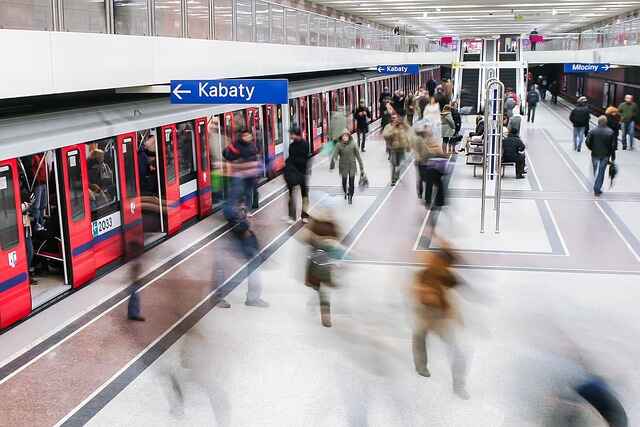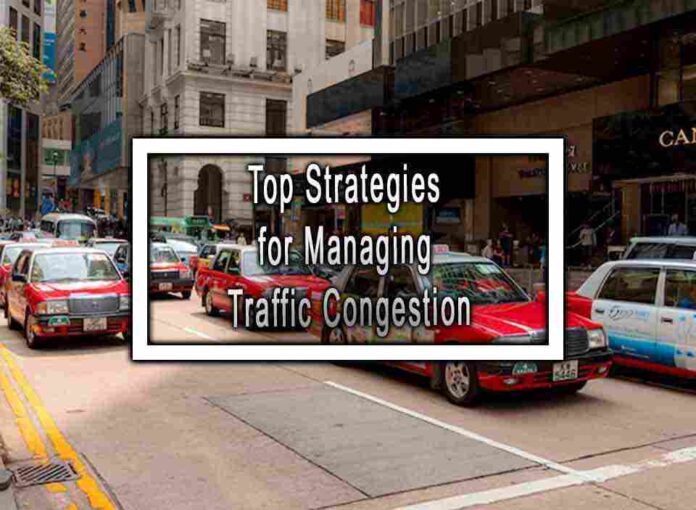Managing traffic congestion is crucial for improving transportation efficiency and reducing the negative impacts of congestion on the environment and quality of life. Here are some top strategies for effectively managing traffic congestion:
1. Public Transportation
Promote and invest in robust public transportation systems, including buses, trains, trams, and subways. Encouraging people to use public transport reduces the number of private vehicles on the road, easing congestion.

2. Carpooling and Ridesharing
Encourage carpooling and ridesharing programs to reduce the number of vehicles on the road. Provide incentives such as designated carpool lanes, discounted tolls, or parking benefits to promote this behavior.
3. Active Transportation
Improve infrastructure and facilities for walking and cycling. By encouraging active modes of transportation, such as walking or biking, for short trips, fewer vehicles will contribute to congestion.
4. Traffic Management Systems
Implement intelligent traffic management systems, including traffic signal coordination, real-time traffic monitoring, and adaptive traffic control systems. These systems optimize traffic flow, reduce delays, and improve overall traffic efficiency.
5. Road Network Optimization
Optimize road networks by strategically planning and improving road designs, intersections, and traffic flow patterns. This can include adding lanes, constructing bypasses, and implementing roundabouts to alleviate congestion points.
6. Demand Management Strategies
Implement demand management strategies such as congestion pricing, tolls, or peak-hour restrictions. By adjusting pricing or access to certain areas during peak times, it can incentivize travelers to modify their travel behavior or shift to alternative modes of transportation.
7. Telecommuting and Flexible Work Hours
Encourage telecommuting and flexible work hours to reduce the number of vehicles on the road during peak hours. This can help stagger travel demand and alleviate congestion during the busiest times of the day.
8. Traffic Information and Communication
Provide real-time traffic information through electronic message boards, mobile apps, or GPS navigation systems. This helps motorists make informed decisions about alternative routes and helps distribute traffic more evenly.
9. Urban Planning and Land Use
Integrate land use planning with transportation planning to minimize the need for long-distance travel. Creating mixed-use developments, improving accessibility to essential services, and promoting compact urban design can reduce overall travel demand.
10. Education and Awareness
Conduct public awareness campaigns to educate individuals about the impacts of traffic congestion and encourage them to adopt alternative transportation modes and travel behavior. Promote the benefits of using public transport, carpooling, or active transportation options.
It’s important to note that a combination of these strategies is often needed to effectively manage traffic congestion. Each city or region may require a tailored approach based on local conditions and needs. Implementing a comprehensive and multi-faceted approach is key to reducing congestion and improving the overall transportation experience.










